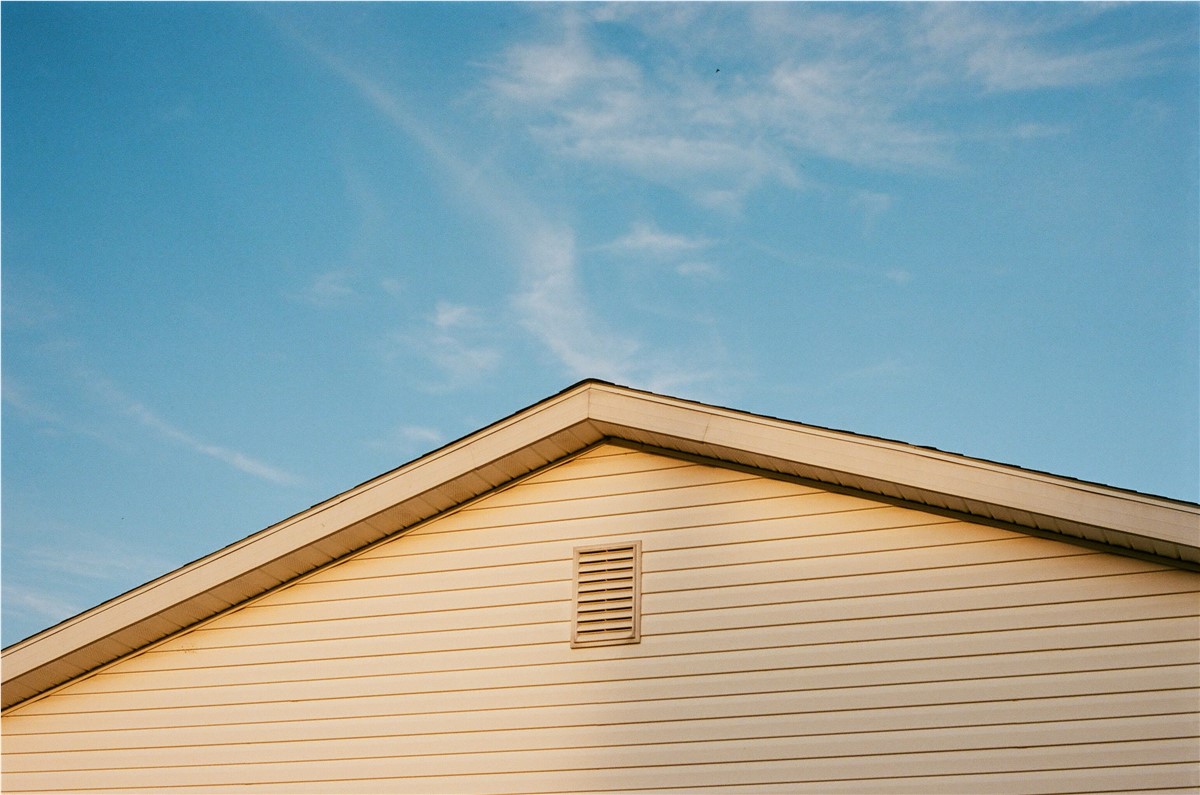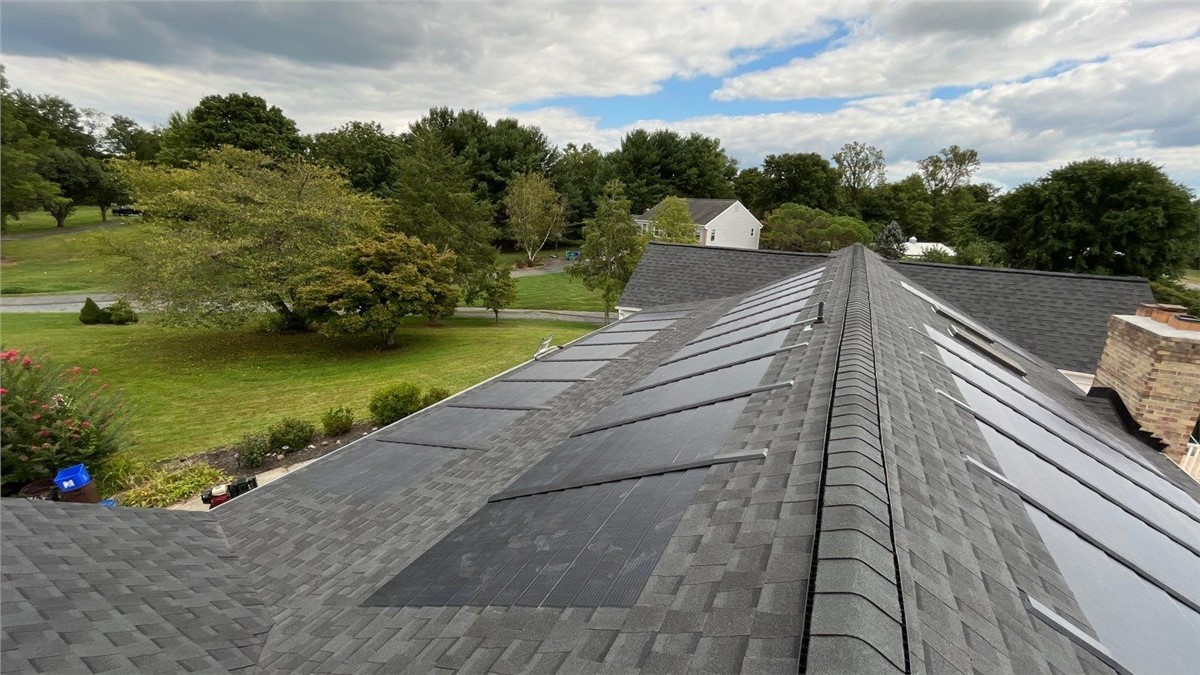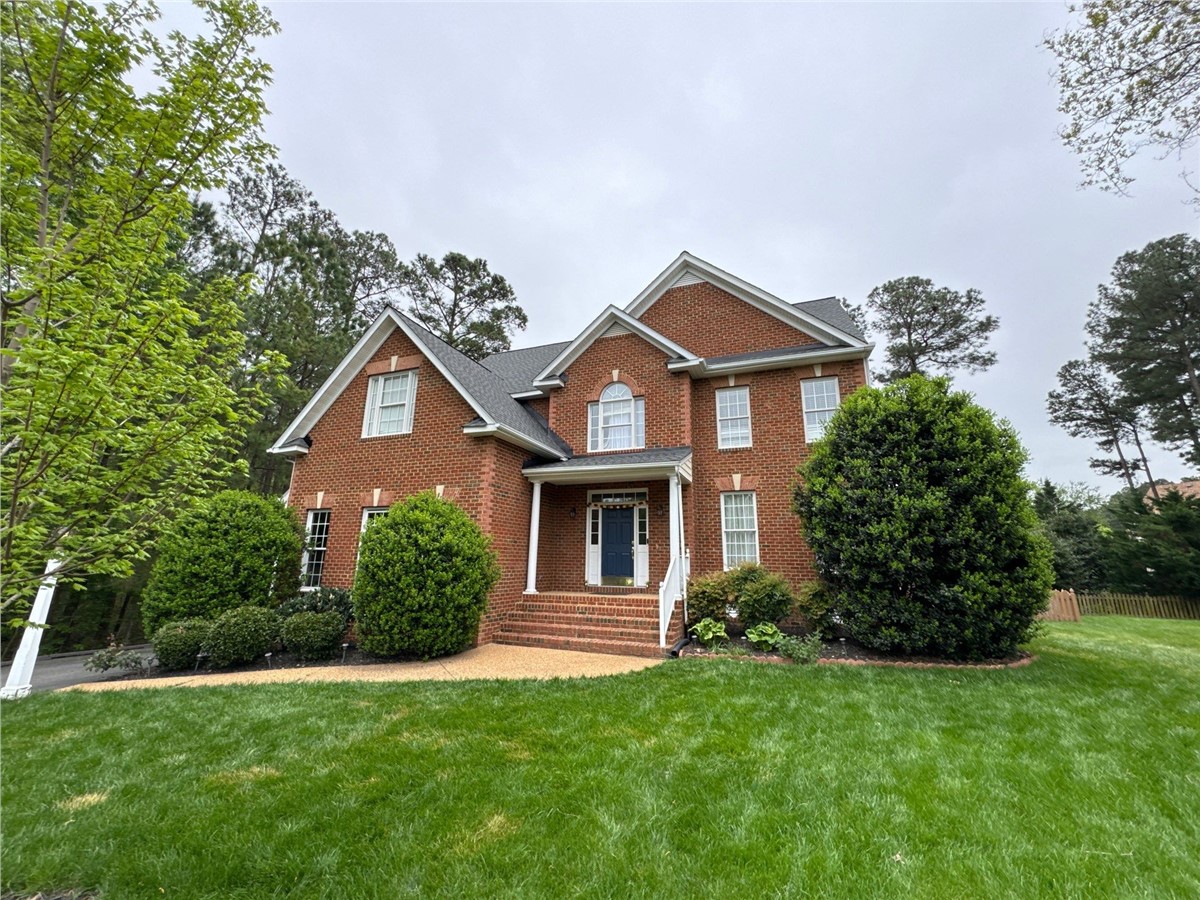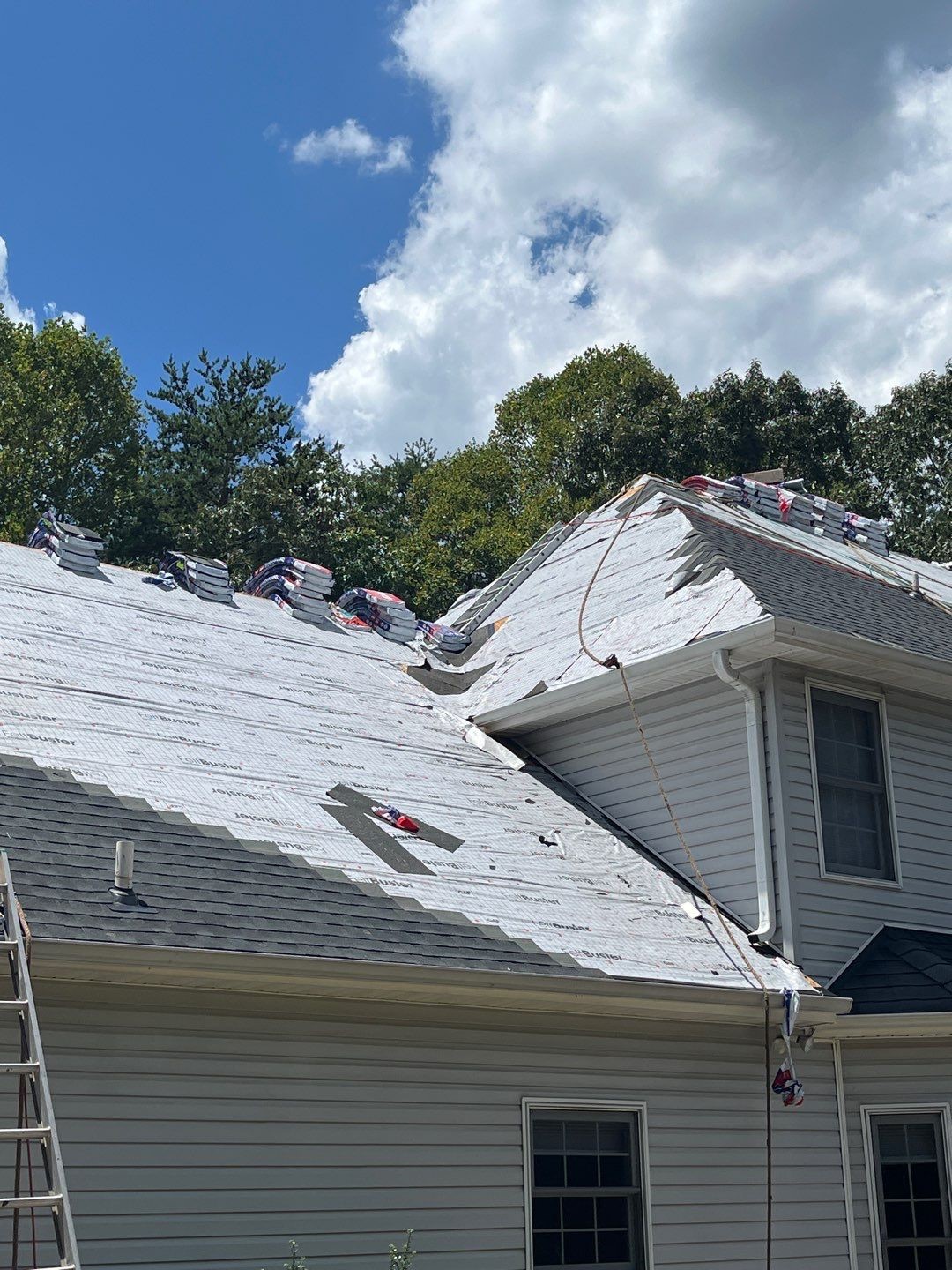
The most common damage to siding includes splits, cracks, breakage, and holes. But there is another scenario many homeowners aren’t prepared for that can really throw a wrench in your day: siding that’s falling off. There is no quick fix if your siding is falling off, because there is always an underlying reason as to why it became loose in the first place. Below, you’ll find a few of the most common causes of loose or detached siding.
If done right, certain types of siding can last up to 40 years without needing to be replaced. If it’s attached incorrectly or made of poor quality, that length can decrease significantly and leave you with major problems. Installing vinyl siding incorrectly can leave you with damaged or broken siding that needs frequent repairs or cause you to need completely new siding.
Does your vinyl siding keep coming loose? Keep reading to learn why and what to do about it! Contact us today for siding services in Maryland, Washington DC, NOVA, or the Richmond area.
Common Culprits of Siding Problems: Poor Installation, Age & Weather
Increasing your curb appeal by replacing your siding is an exciting project. Shanco highly recommends using a top-of-the-line siding company to complete your job. Skimping on the cost can be problematic. Read on to ensure that your siding project meets the installation requirements laid out by the fiber cement, wood siding, or vinyl siding manufacturers.
Weather – Frequently aided by factors such as aging fasteners, cracked siding, and water damage, wind has the capability to rip your siding clean off your home. Hail can cause massive dents that misshape your siding, resulting in uneven pressure that pulls the nails out on one side. Heavy rain can cause significant water damage underneath if there are cracks or unsealed joints in your siding, leading to a whole host of other troubles.
Different climates require different types of weatherproofing on homes. If you live in an area that is prone to hurricanes, you’re going to want to install siding specifically made to withstand the huge gales of wind. If you live in a place that rains most of the year, you’ll want to invest in siding that best repels water and keeps moisture from penetrating underneath.
If your siding is continually falling off, it may be that you don’t have the right siding for your climate. Wind and water are the two most problematic elements, so make sure your siding is up to par to keep these from damaging it.
Poor installation – No matter the quality of the siding you purchase, if it is suffering from improper installation, it can fall off with a little bit of wind or harsh weather. Protect your home by having your siding installed correctly by experienced, licensed professionals to minimize the risks of it falling off.
The siding should be level horizontally, and installers should be using levels (laser levels are the best) to make sure there isn’t any tilt. If it isn’t level, the joints won’t align properly and there will be gaps where moisture can get through. There should also be at least a 2-inch gap between siding and the roofing material. If it’s closer than that, it has more contact with running water, which wears away the siding or the trim much more quicker.
Another reason behind poor installation is using the wrong size or rusty nails. The best siding nails are galvanized or made of aluminum, stainless steel, or other similar materials.
Some companies may avoid using these to cut costs, but it significantly reduces the quality and allows room for the siding to loosen over time. It may even detach from the wall completely, often resulting in the top piece of siding falling off. Make sure your siding installer uses the correct type of nails when installing siding.
Incorrect underlining – Installing paper wrap and either metal sheeting or paper seams underneath the siding helps keep moisture out and prevents leaks. When there are leaks, the siding loses some of its longevity. Every place where laps of siding come together is a place where water can seep in through the cracks, so paper wrap and galvanized steel “butt joints” should be in place for added protection.
Age – Your siding may just be old. While some types of siding—like vinyl siding products, for example—can last up to 40 years, older types of siding won’t last that long. If you live in an older house and don’t know the last time the siding was updated, it’s worth it to have a professional come and check it out. Water leaks can lead to mold and other costly damages to your walls.
Has Your Siding Fallen Off in the DC, MD, or VA Area?
Are you wondering how to fix the house siding that is falling off? If your home’s siding has fallen off and you live in the Maryland, DC, NOVA, or Richmond area, contact the professionals at Shanco.
Our team can help you decide if repair or replacement is the best choice for you. We only use the best quality materials and don’t leave a job unless it’s done perfectly. Fill out a form online or give us a call to schedule your free consultation.
Tags
Subscribe to Shanco's Blog






Comments